Archives
- 2025-12
- 2025-11
- 2025-10
- 2025-09
- 2025-03
- 2025-02
- 2025-01
- 2024-12
- 2024-11
- 2024-10
- 2024-09
- 2024-08
- 2024-07
- 2024-06
- 2024-05
- 2024-04
- 2024-03
- 2024-02
- 2024-01
- 2023-12
- 2023-11
- 2023-10
- 2023-09
- 2023-08
- 2023-07
- 2023-06
- 2023-05
- 2023-04
- 2023-03
- 2023-02
- 2023-01
- 2022-12
- 2022-11
- 2022-10
- 2022-09
- 2022-08
- 2022-07
- 2022-06
- 2022-05
- 2022-04
- 2022-03
- 2022-02
- 2022-01
- 2021-12
- 2021-11
- 2021-10
- 2021-09
- 2021-08
- 2021-07
- 2021-06
- 2021-05
- 2021-04
- 2021-03
- 2021-02
- 2021-01
- 2020-12
- 2020-11
- 2020-10
- 2020-09
- 2020-08
- 2020-07
- 2020-06
- 2020-05
- 2020-04
- 2020-03
- 2020-02
- 2020-01
- 2019-12
- 2019-11
- 2019-10
- 2019-09
- 2019-08
- 2019-07
- 2019-06
- 2019-05
- 2019-04
- 2018-11
- 2018-10
- 2018-07
-
Axitinib These reports have gradually established
2022-05-07
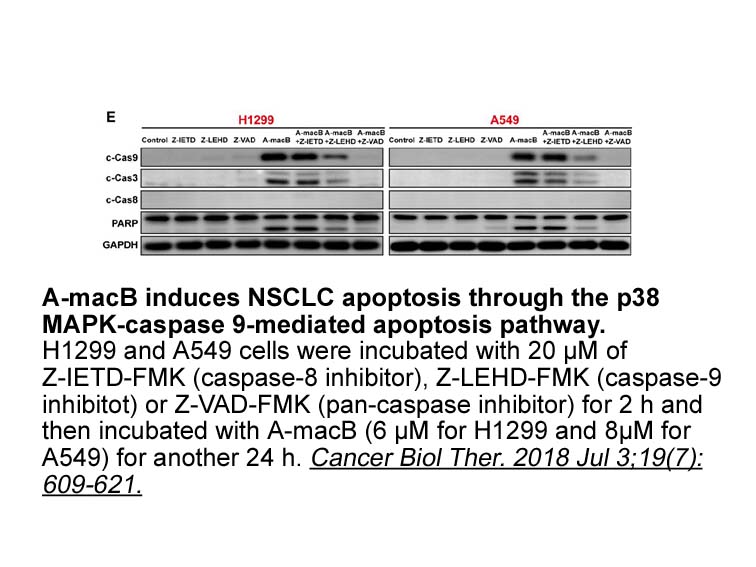
These reports have gradually established G-quadruplex binding small molecules as promising anti-cancer therapeutic agents. Besides the stabilization of G-quadruplex structures, some of these molecules also serve as diagnostic probes and sensors for G-quadruplexes in vitro and in vivo. Of these, Thi
-
The effect of GC on Fgf was not directly dependent
2022-05-07
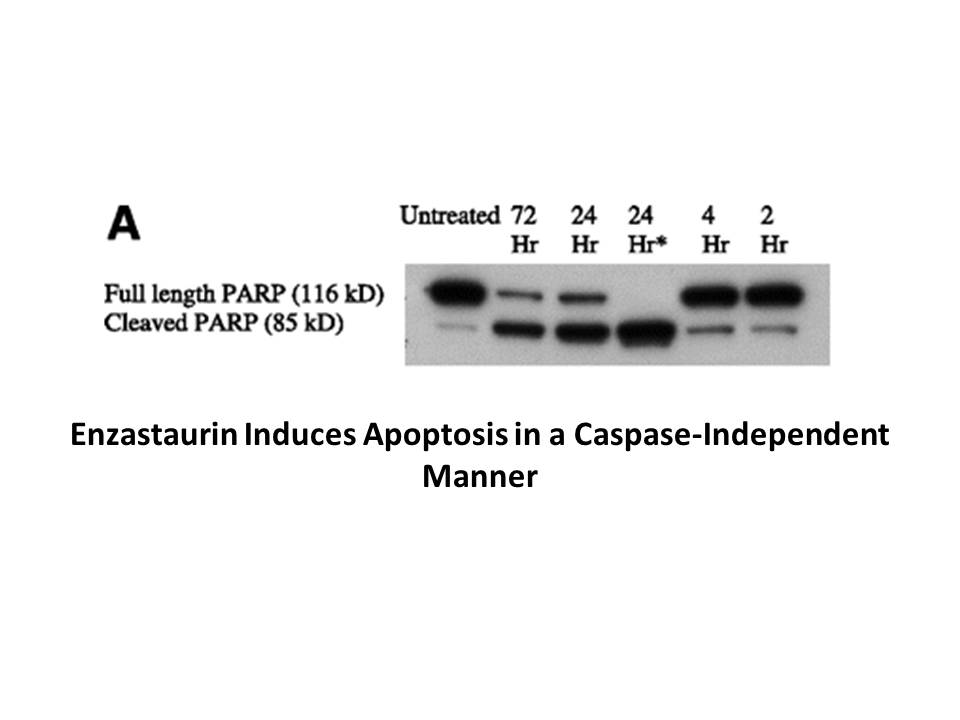
The effect of GC on Fgf21 was not directly dependent on ileal Fgf15 because basal Fgf21 azd1775 synthesis was similar in Fgf15+/+ and Fgf15−/− mice. Moreover, GC treatment induced similar Fgf21 up-regulation in both strains. Fxr activation has been reported to increase Fgf21 expression and secretio
-
Fmoc-Thr(tBu)-OH C prevents the glutamate and erastin induce
2022-05-07
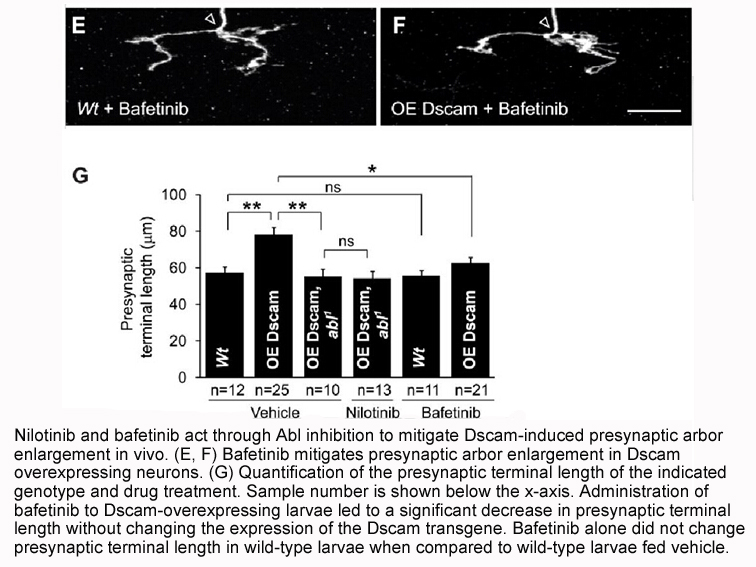
C16 prevents the glutamate- and erastin-induced ROS accumulation but does not affect the decrease in GSH, indicating that prevention of ROS accumulation by C16 is not due to the restoration of GSH levels. Instead, C16 itself possessed superoxide anion scavenging activity in vitro at similar concentr
-
In addition to removing proteins and
2022-05-07
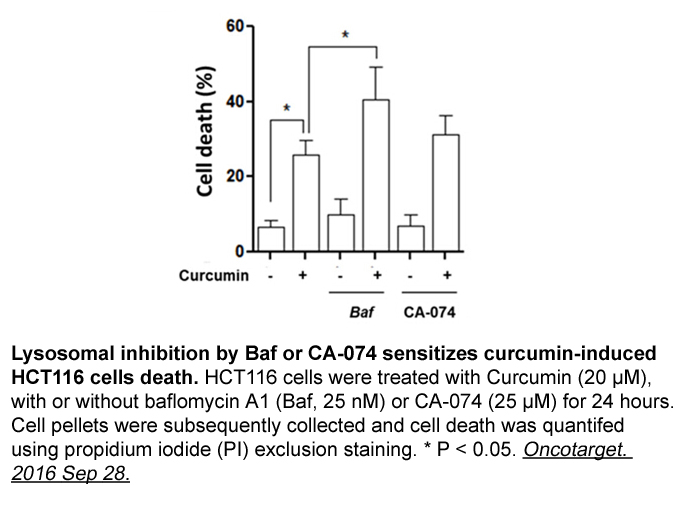
In addition to removing proteins and organelles related to iron and lipid metabolism, an alternative mechanism by which autophagy promotes ferroptosis is through the formation of the BECN1-solute carrier family 7 member 11 (SLC7A11) complex [42,43]. SLC7A11 is the main component of the antiporter sy
-
The anti platelet functions of ZGR were confirmed
2022-05-07
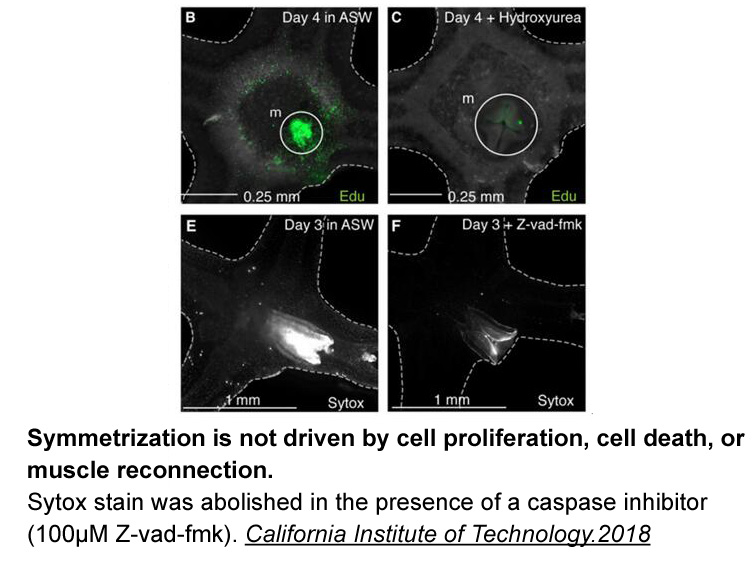
The anti-platelet functions of ZGR were confirmed by the mechanistic studies such as the activation of PKC, intracellular Ca2+ mobilization, and the expressions of P-selectin and PAC-1. Further, rivaroxaban prolonged the generation of thrombin and reduced the thrombin burst produced in the propagati
-
In neurons and neuroendocrine cells the productive
2022-05-06
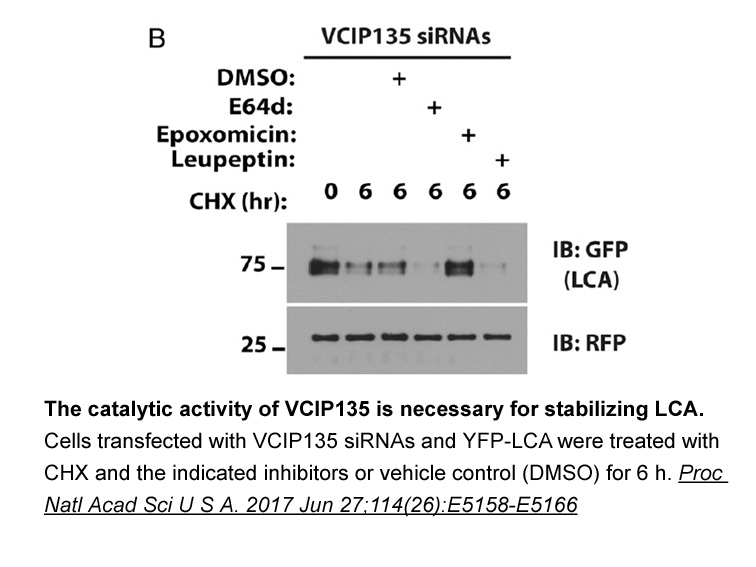
In neurons and neuroendocrine cells, the productive fusion pathway is thought to initiate with the Munc18-1/Syx1 complex (Ma et al., 2013, Hughson, 2013, Lai et al., 2017). The Munc13-1 MUN domain is able to catalyze opening of Syx1 (the transition from the Munc18-1/Syx1 complex to the SNARE complex
-
To identify genes with significant expression differences we
2022-05-06
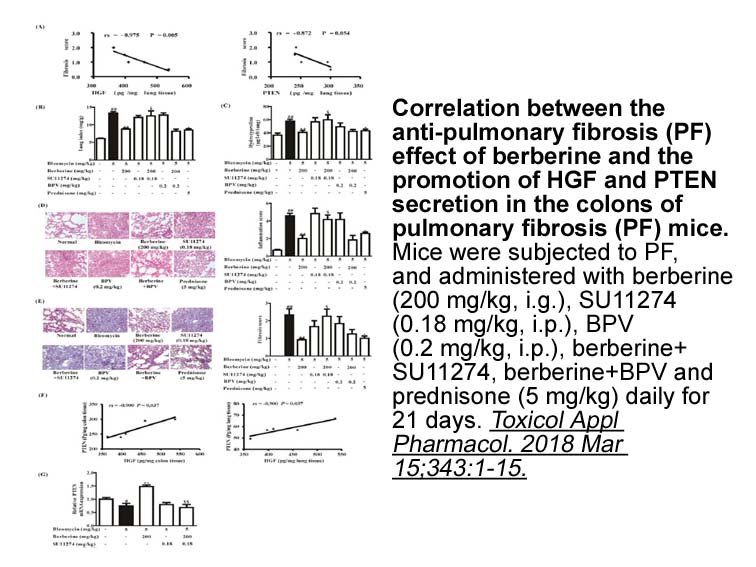
To identify genes with significant Luzindole differences, we performed differential gene expression analysis between the two individuals with TRRAP variants (combined as biological replicates) and two unaffected controls. Gene ontology (GO) enrichment analysis of these genes with the GOrilla web app
-
All these recent results show the interconnection between th
2022-05-06
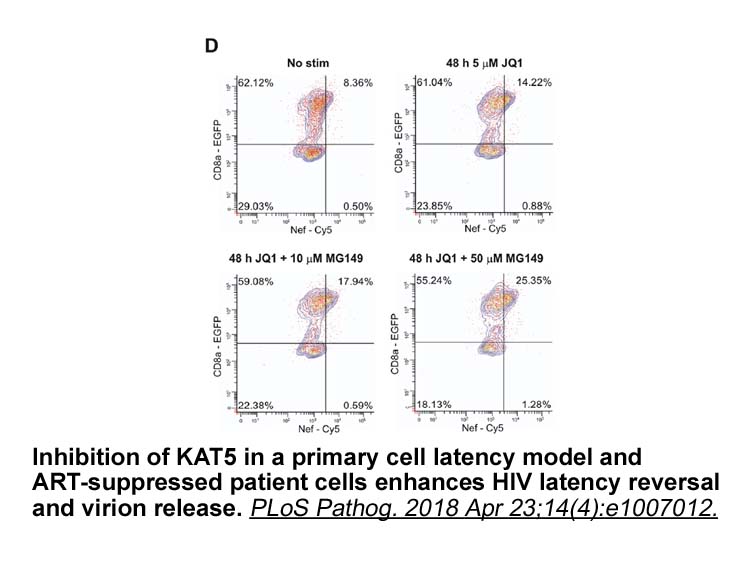
All these recent results show the interconnection between the Hippo pathway as a tumor-suppressor on the one hand and its function as regulator of metabolic homeostasis on the other. Disruption of the Hippo pathway leads to cancer growth, which is often associated with pathological disturbances in t
-
The inhibitory activities of new compounds against P aerugin
2022-05-06
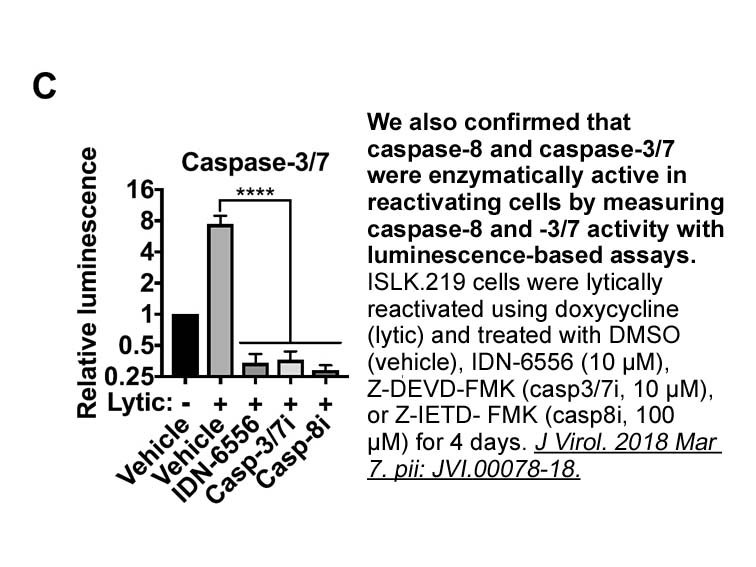
The inhibitory activities of new compounds against P. aeruginosa were determined in both DTSB media supplemented with heme or free iron and LB media (Table 1). The MIC50 values of the compounds ranged from 42 to 260 μg/mL in DTSB medium and from 26 to 230 μg/mL in LB medium. Among these new inhibito
-
Intestinal epithelium renewal is tightly controlled by
2022-05-06
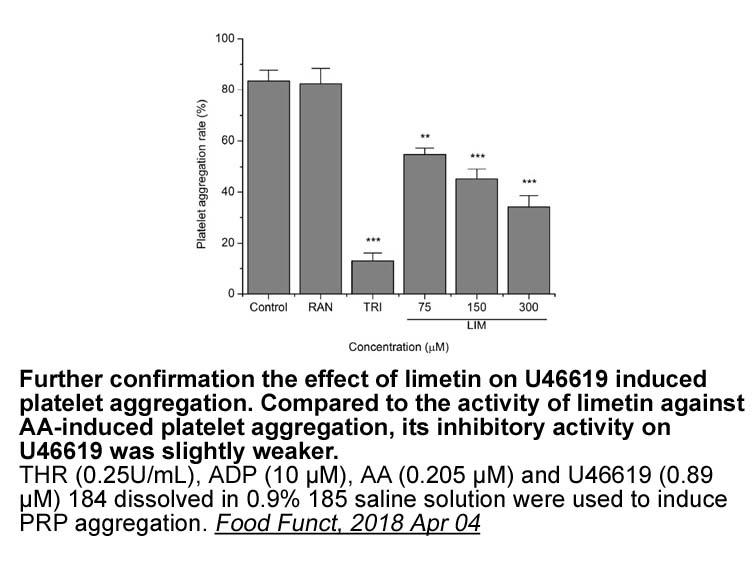
Intestinal epithelium renewal is tightly controlled by Hedgehog genes. Three Hedgehog genes are highly conserved in mouse and human, including Sonic hedgehog (Shh), Indian hedgehog (Ihh), and Desert hedgehog (Dhh) [13]. Hedgehogs bind to Patched (PTCH) [[14], [15], [16]], which unlike conventional
-
Elimination of the Q R bridge significantly affected
2022-05-06
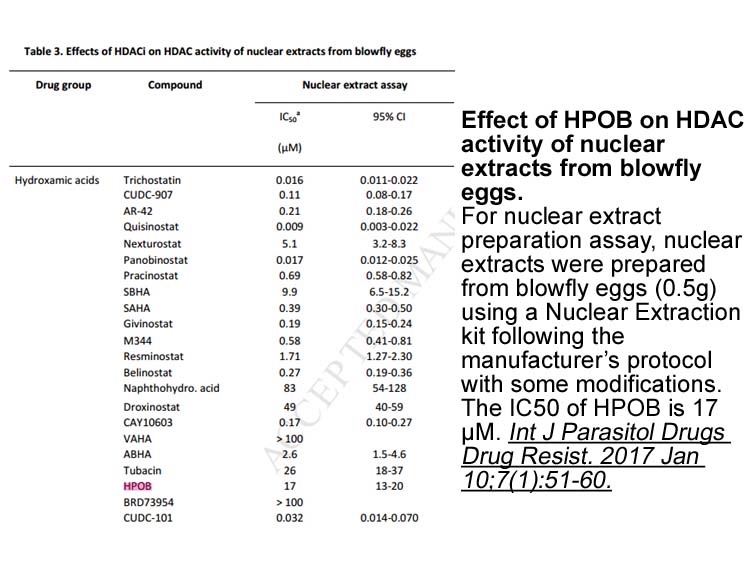
Elimination of the Q234–R244 bridge significantly affected the protein SCR 7 but had little effect on its activity at a permissive temperature, which may seem contrary to the known functional importance of this motif in Fpg. However, since the mutants fully or partially retained the bound zinc (Tab
-
The association between mental disorders
2022-05-06
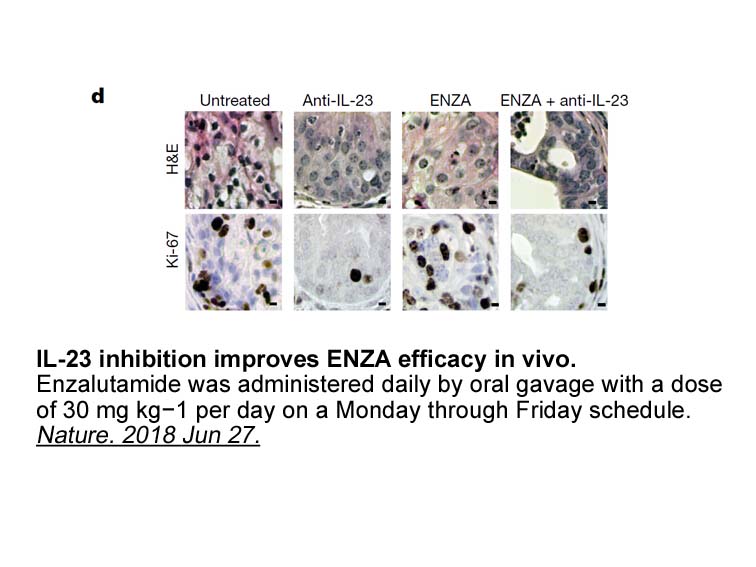
The association between mental disorders and smoking was firmly established, and their inter-relationship was due to the reciprocal causal effects (Tjora et al., 2014). Previous research found that negative affect and the urge to smoke as well as the urge to smoke and nicotine dependence had signifi
-
br Introduction Most organisms require glucose as
2022-05-05

Introduction Most organisms require glucose as a key metabolite, and it is critical that mammalian cells regulate glucose levels properly to maintain bioenergetic homeostasis. The major transporters responsible for the uptake of glucose from systemic circulation into cells are the GLUTs, members
-
The following are the supplementary data related
2022-05-05
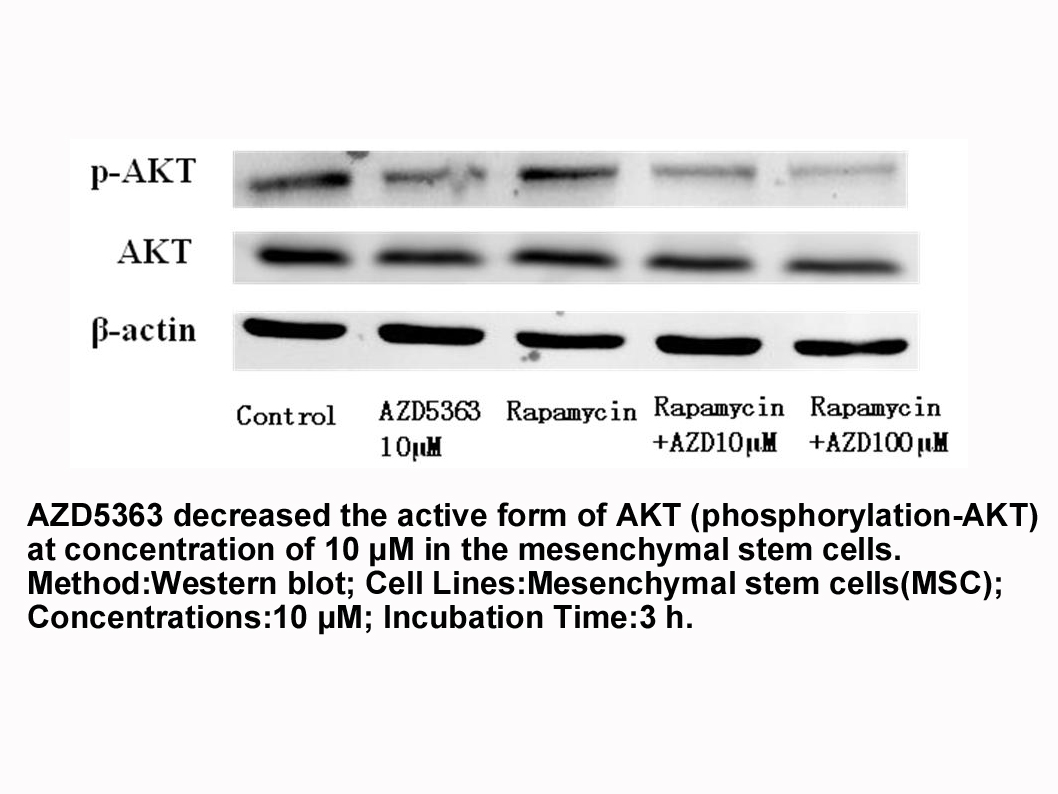
The following are the supplementary data related to this article. Conflict of interest Acknowledgements This work was supported by JSPS KAKENHI Grant Numbers 24770068 and 15K07152. Introduction Aminoacyl-tRNA synthetases (aaRSs) help maintain the genetic code by recognizing their cognate
-
Acarbose and voglibose the classic glucosidase inhibitors we
2022-05-05

Acarbose and voglibose, the classic α-glucosidase inhibitors, were clinically used to inhibit α-glucosidase activity for the treatment of type 2 diabetes. However, the intake of these drugs may cause some undesirable gastrointestinal side effects and weight gain (Xu et al., 2015). The synthetic drug
16589 records 475/1106 page Previous Next First page 上5页 471472473474475 下5页 Last page